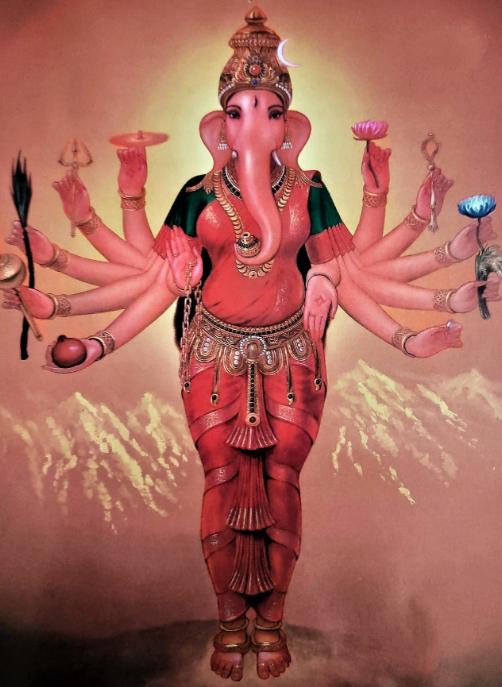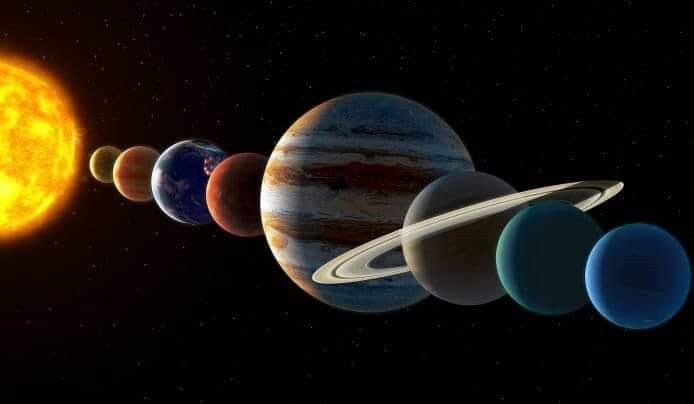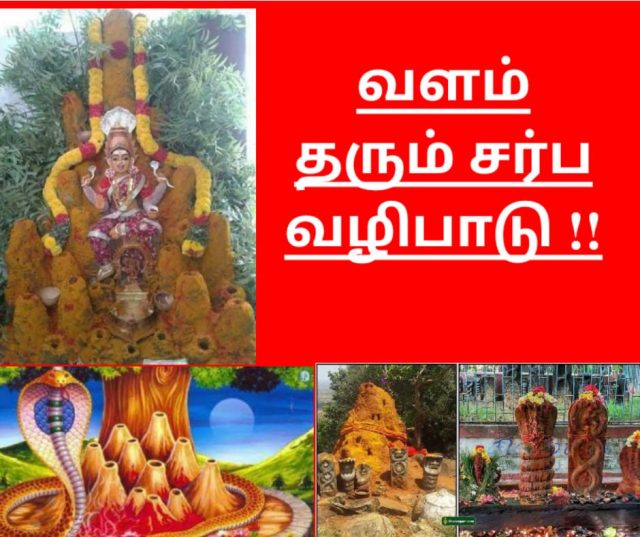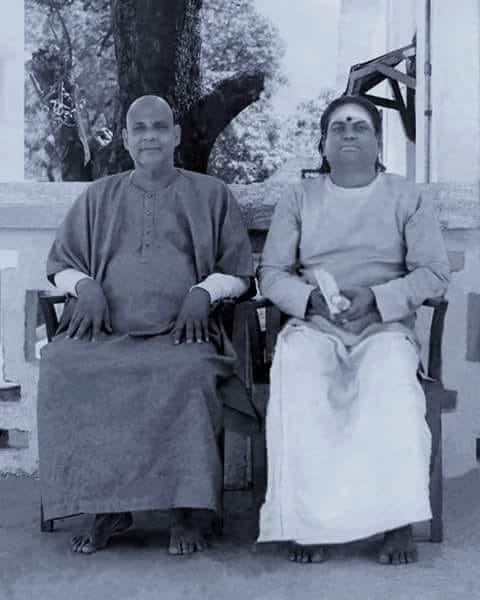Devi Vinayaki Or Ganeshani is the feminine form of Bhagwan Shree Ganesh. Vinayaki Devi is a Shakti of Bhagwan Ganesha, mentioned in our purans and scriptures also known as Vighneshvari. She is the feminine form of Ganesha worshipped as vyagrapada ganapathy in southern parts of Bharat and as Ganapatihridaya in Tibet.
Have You Heard Of Vinayaki, Lord Ganesha's Female Form?
Vinayaki is an avatar of Lord Ganesha, a goddess, who has been lost or forgotten in time.
This feminine form of Lord Vinayaka is worshipped as Vyagrapada Ganapathi in Madurai. India; as Ganeshani in Tibet; and as Ganendree in Bali, Indonesia.
Despite not known to many, there are a few shreds of evidence that shows the worship of this female form of Lord Ganesha.
Evidence Of Ganesha's Female Form.
The legend and worship of Lord Ganesha's female form were mentioned in some puranas and these were pointed out by mythologist Devdutt Pattanaik in an article featured by Detechter.com
The Matsya Purana mentions that Vinayaki was among the celestial mothers who was created by Lord Shiva to kill a demon. Meanwhile, Linga Purana mentioned her as a demoness goddess with an elephant head.
Puranas such as Harivamsa, Vayu, and Skanda also mentions elephant-faced mothers who go by several names.
The Upapurana mentioned Vinayaki as the shakti of Ganesha - who helps to remove obstacles, similar to Lord Vinayaka who we worship today. In Aryamanjusrimulakalpa, a Buddhist text, the goddess is referred to as the Siddhi of Vinayaka and the daughter of God Ishana.
The Legend Behind Goddess Vinayaki
According to Pattanaik, Vinayaki was created when a vicious demon, Andhaka tried to kidnap Goddess Parvati.
The demon was attacked by Lord Shiva, however, every drop of his blood that fell to the ground turned into another Andhaka.
Parvati then called out to all the divine being to unleash their female forms (sakthis), and Ganesha released his female form Vinayaki upon drinking the blood of Anshaka before it touched the ground.
This legend was mentioned in the Matsya Purana and Vishnu-Dharmottara Purana.


















